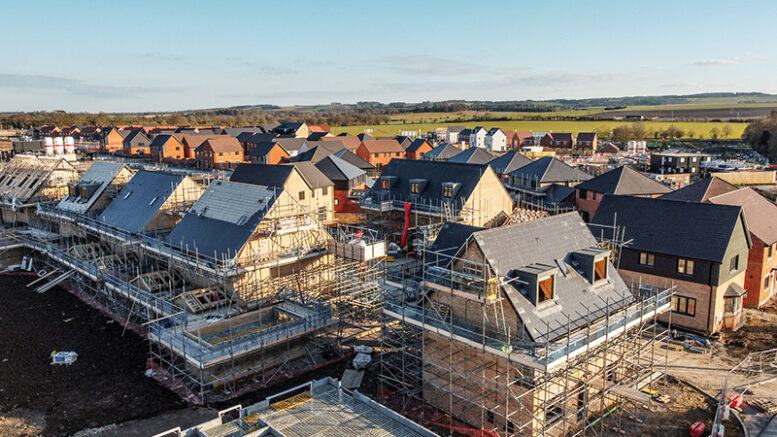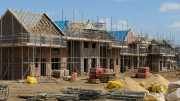New data analysis by Yopa, the full-service estate agents, suggests that Labour’s ambitious promise to build 1.5 million new homes in their first parliamentary term will be challenging to achieve. If construction continues at the average rate of the past decade, it could take nearly eight years to meet this target.
Analysis of Home Building Rates
Yopa examined new home completions in the UK from 2014 to 2023, calculating an average annual delivery rate. To fulfil their pledge, Labour would need to deliver an average of 300,000 homes per year during their five-year term. However, Yopa’s analysis reveals that the average number of new homes built each year since 2014 is just 188,194. The highest annual delivery was in 2022, with 214,594 homes.
Verona Frankish, CEO of Yopa, commented: “Housing has been front and centre of every general election campaign in recent memory and every pledge made to the UK public over at least the past ten years has been missed, often by a country mile. Such is the repeated failure that whenever an election pledge is made to build a certain number of homes, we can’t help but consider it farcical and empty. If Labour wins power and wants to break this sad chain of broken promises, they’re going to need to rethink the route to delivery, freeing up appropriate land and eliminating the red tape and procedures that make construction so sluggish.”
Housing Market Context and Challenges
Anna Ward, Associate in Residential Development Research at Knight Frank, highlighted the broader context: “House prices have surged by around 20% since the last election in December 2019, making affordability a hot political issue ahead of the July 4th general election. Both sides have promised to ramp up housebuilding if elected, but their pledges of 1.5 or 1.6 million homes will be hard to achieve based on current supply indicators.”
Ward further explained that planning permissions for new homes across England dropped to their lowest level in almost a decade over the 12 months to Q1, according to new figures from the Home Builders Federation. More recent data shows that planning decisions granted for major developments of 10 or more homes fell to a record low of 3,722 in the 12 months to Q1 2024.
Political and Practical Considerations
Ward added: “Moving forward, a stable policy environment is crucial. We’ve had 16 housing ministers since 2010, and building at scale will require public-private partnerships, as the private sector alone cannot meet housing needs. Additionally, land will need to be reclassified for development, including low-quality areas of the greenbelt, dubbed the ‘grey belt.’”
While Labour’s pledge to build 1.5 million new homes is commendable, the current building rates and planning permission challenges indicate that achieving this within a single parliamentary term is unlikely. This data highlights the need for a revised approach to housing development that includes streamlined planning processes and effective public-private partnerships to meet the UK’s housing needs.







